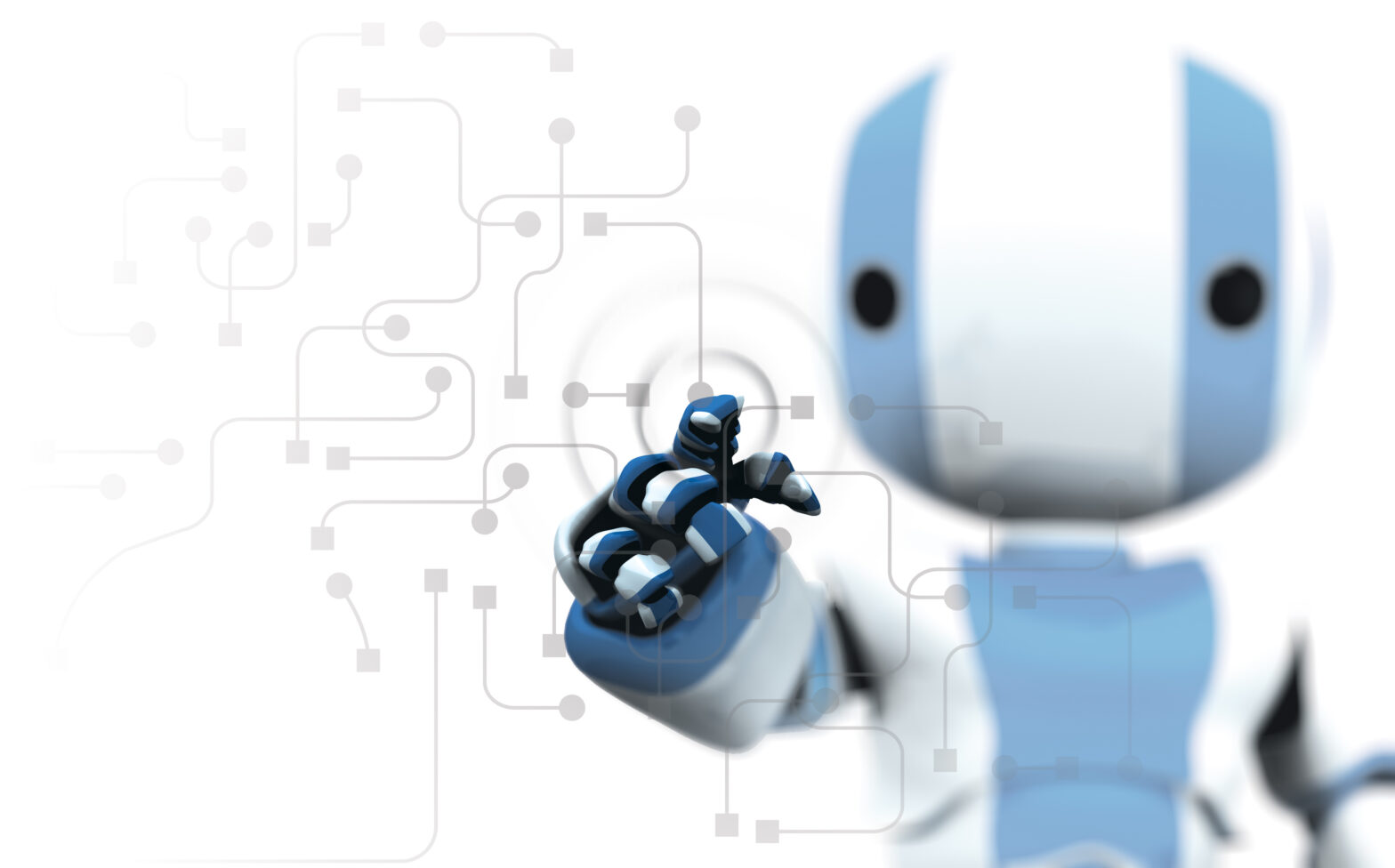I read an interesting article by former Talking Heads frontman David Byrne that prompted me to reflect. It says that much technology is eliminating human interaction. “Most of the tech news we get barraged with is about algorithms, AI, robots, and self-driving cars, all of which fit this pattern. I am not saying that such developments are not efficient and convenient; this is not a judgment. I am simply noticing a pattern and wondering if, in recognising that pattern, we might realise that it is only one trajectory of many”.
The pattern he was referring to is the “consistent ‘eliminating the human’ pattern”. He identified a range of apps that could be perceived to be limiting the amount of personal interaction: Online ordering and home delivery (no shopkeeper); Digital music (no out of work rock stars snarling at your music); Ride-hailing apps (no need to tell the driver the address or the preferred route); Driverless cars (no driver).
It’s a charge I reflected that could be levelled at the chatbot Saberr just launched, designed to digitally coach teams. “A digital team coach? So no need to talk to your team members then?”
But actually we want to stimulate more interaction between team members. The aim of chatbots designed to improve collaboration should not be to “hook” the team into spending hours engaging with a conversational UI. The aim should be developing a bot that asks intelligent questions. Our aim is to tee up interesting conversations for the team. We don’t quite know yet the desired level of Bot engagement versus team discussion. It might be something like 1:10. For every one minute you engage with the Bot it triggers 10 more minutes of thoughtful discussion with team mates.
The interaction with the bot should be short, precise and punchy. It should ask intelligent questions. It should crunch the data and prepare reports that would otherwise take time, and then offer content curated for each team challenge and context. That’s valuable assistance. In our research we found many managers and teams that would love to understand team dynamics better but are constrained by not having done the research and by time.
We want to trigger substantive discussions but these still need to happen between people. We get that. We know that discussing team dynamics and reflecting on how we work improves job performance. There’s a role for a bot to stimulate and inform that discussion and reflection.
https://growthbusiness.co.uk/and39people-analyticsand39-company-raises-1m-2513721/
I know that others are considering the same challenge: can technology stimulate reflection and conversation rather than replace it? Headspace prompts you to meditate. A friend of mine Richard Burnett is founder of the brilliant .b project that promotes mindfulness in schools. We were discussing the potential for technology to trigger a session on mindfulness for children. After all technology is a part of most kids’ lives. We can’t ignore it. Also the various fitness coaches, like Runkeeper and Strava, don’t replace doing the exercise but they encourage you to do be active.
We don’t have to accept that technology exists with the ultimate aim of drawing us deeper and deeper into a rabbit hole. The way that bots and AI will interact with our life is at an early stage. Bot design shouldn’t always result in “eliminating human interactions”, and this certainly shouldn’t be the case in a workplace context where regular interactions are proven to be key to generating high performance. If designed right they could initiate and inform interactions too.
Tom Marsden is the CEO of London-based HR analytics start-up Saberr.






